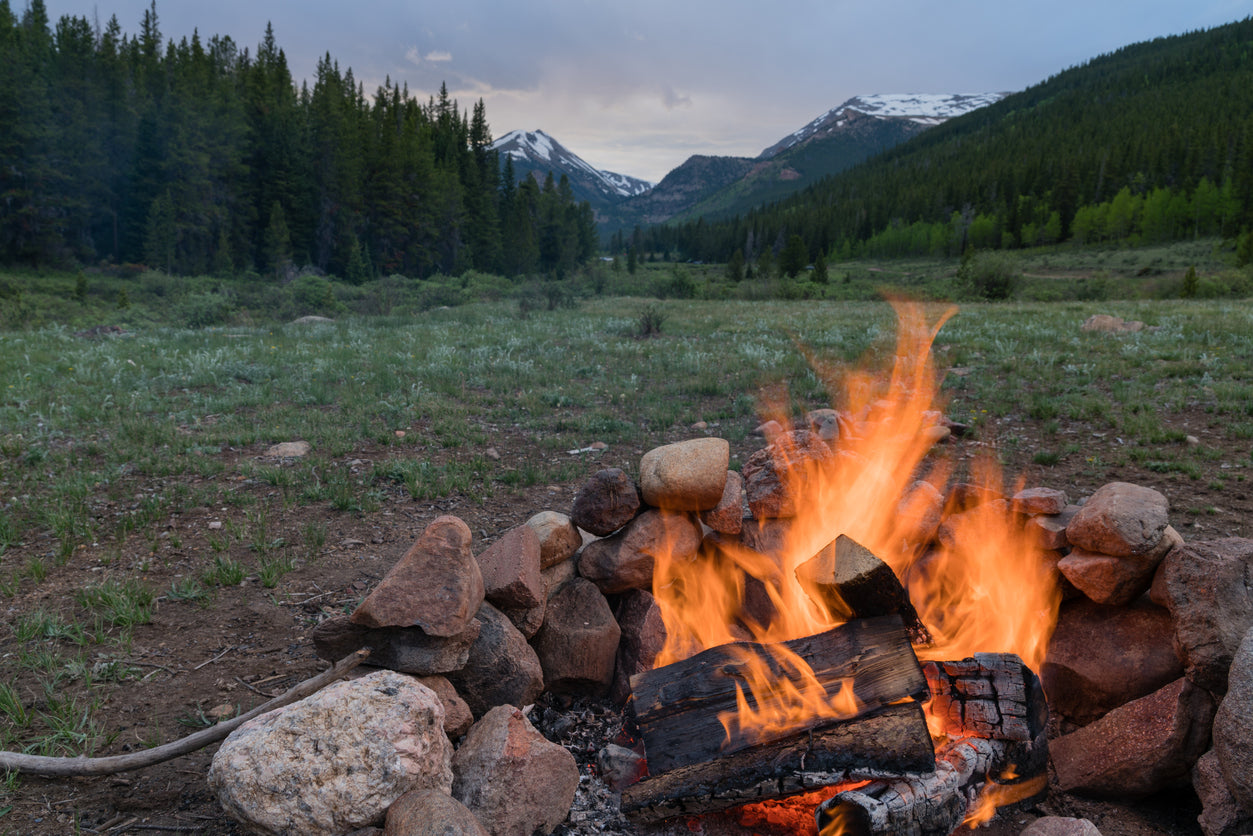
The ABC's of Camping Spots: From Dispersed Camping to KOA
There are a lot of different ways to camp. What are they and what do you need to bring? We’ll go over essential items for each of the following camping types:
- Dispersed camping
- Primitive camping
- KOA camping
- BLM camping
- Car camping
- Yurt camping
Essential Gear for Any Adventure
In general, there are 11 essential camping items you need regardless of the type of camping you experience.
- Shelter: Whether it’s a tent, a car, or a makeshift shelter with a tarp, you need something to protect you from the elements.
- Sleeping bag and pad: Most camping spots get pretty cold at night, regardless of the season, so a good sleeping bag will keep you warm. And while some extreme hikers say you don’t need a pad, it will definitely make your trip more pleasant.
- First aid: You may slip and fall on the trail. If not attended to, a minor scrape can become a nasty infection. That’s why having a first-aid kit on hand is so important.
- Firestarter: Matches, lighters, flint—anything to get a fire started to cook your food or provide extra warmth.
- Camping stoves: While a firestarter and a fire pit can cook your food, you may be camping in an area with a burn ban. In that case, you’ll need a camping stove to cook your food.
- Knife: Everyone in the outdoors should have a camping knife, whether it’s to catch dinner or to whittle a stick around the fire.
- Headlamp/flashlight: This one’s a no-brainer—everyone needs to see at night! Make sure you pack some extra batteries, too.
- Extra food and water: Even though you know how long you’ll be camping, always be prepared for more. Then, if you get lost or take longer on the trail, you’re ready for it.
- Extra clothes: Your clothes may get wet, singed, or ripped while camping, so be sure to bring another set of clothes to protect yourself.
- GPS/navigation: If you get lost, a GPS will help you find your way back. And don’t just rely on your phone—spotty service can cause problems.
- Duct tape: The ultimate repair kit—duct tape will help you temporarily patch up and repair just about anything that breaks while you’re camping. Then you can give it a proper fix when you return home.
Now, let’s go over six popular ways to camp and what you should bring for each adventure, starting with what dispersed camping is and what you need to be prepared.
1. What is Dispersed Camping?
Dispersed camping is what many people think of as “camping without the luxuries.” That means no plumbing, no spot reservations, no trash cans, and certainly no paved paths to get you to your destination. Instead, you’ll camp in the middle of the woods, on the beach of a lake, or the edge of a canyon’s cliff.
And the best part? Dispersed camping is free! Although, some areas may ask you to pay to park your car at the trailhead.
While dispersed camping offers significantly more freedoms of where you can camp, you can’t just plop your tent down anywhere you please. State and national park websites will have a map that clearly outlines where you can and can’t disperse camp. These resources will also tell you how you can get to those sites (mainly whether you can drive there or if you will need to hike in).
What Gear Will You Need for Dispersed Camping?
When camping deep in the outdoors, any comfort you want is something you have to bring with you. If you can drive to your site, this is much easier to accomplish. But if you’re backpacking in, you want to make sure you don’t end up with an enormously heavy pack.
To ensure you have everything you need, this is a list of some essential items to pack for dispersed camping:
- Sleeping bag
- Tent (with a lighter frame if you’re backpacking)
- Large tarp
- Sleeping pad (optional, but usually preferred)
- Water filter
- Extra water (but much easier if you can drive to the destination)
- Flashlights
- Water-resistant clothes
- Extra clothes
- Wet wipes
- Collapsable tables (for food preparation)
- Camping stove
- Roll of toilet paper
- Trowel
- Firestarter

2. What is Primitive Camping?
Also known as backcountry camping, primitive camping is an even more intense version of dispersed camping. Instead of driving to your destination, primitive camping always requires campers to hike to the site, often very long distances.
What Gear Will You Need for Primitive Camping?
Is primitive camping what you’re interested in doing? This type of camping takes a lot of preparation to do safely. The list of gear you will need largely resembles that of dispersed camping, but with some extra items:
- Sleeping bag
- Light tent
- Large tarp
- Sleeping pad
- Navigational tools
- Water filter
- A full water bottle
- First aid kit
- Alcohol wipes
- Flashlights
- Extra clothes
- Water-resistant clothes
- Duct tape
- Pocket knife
- Mattress pad repair kit
- Camping stove
- Firestarter
- Roll of toilet paper
- Trowel
If you’re new to primitive camping, be sure to brush up on your first aid skills and what to include in your camping first aid kit.
3. What is KOA Camping?
Kampgrounds of America (KOA) is a collection of privately held campgrounds all around the United States. These are more casual camping spots, usually defined by easy access, reservable locations, and plenty of facilities around to keep you entertained, like swimming pools, ropes courses, and paved trails.
KOA camping allows you to bring any gear you might want since you’ll have enough space for a car and a trailer. So if you’re looking to try out some new camping gear, this would be a good place to do it.
What Gear Will You Need for KOA Camping?
Since you’ll be surrounded by facilities, close to civilization, and likely within cell service range, you won’t need nearly as much gear as you would in the backcountry. Still, it’s important to be prepared for the worst. Here are some items you should consider bringing:
- Shelter (tent, car, RV, or anything else that works for you)
- Cooking supplies
- Large plastic tub for washing dishes
- Camping stove (in case there’s a burn ban or no available fire pit)
- Flashlights
- Spare batteries for all electronics
- Toiletries
KOA camping is what many families with younger children prefer since it isn’t as physically demanding and you are close to a town in case of an emergency. You’ll even have enough space to set up your own luxury camping experience. And if it’s your first camping trip as a family, KOA camping can be an excellent trial run.

4. What is BLM Camping?
Bureau of Land Management (BLM) camping is similar to primitive and dispersed camping, but it takes place on public land. Public land offers a wide variety of different landscapes to camp on, ranging from sites where you can park an RV to remote locations you must hike to. So regardless of your camping experience, you can probably find something that fits your expectations with BLM campsites.
If BLM camping is what you want to go for, decide what kind of camping experience you’d enjoy and pick from a full list of BLM campsites on the bureau’s website.
What Gear Will You Need for BLM Camping?
The gear you need depends on the type of camping site you choose. For example, you’ll need less emergency preparedness gear when going to an RV site than you would need on a backpacking trip. But at least bring these essentials with you wherever you go:
- Tent/another sleeping shelter
- Sleeping bag
- Sleeping pad
- Flashlights/headlamps
- Extra batteries
- Rope
- Cooking tools (pots, pans, knives)
- Cooking stove
- Wash bin
- Firestarter
- Extra change of clothes
5. What is Yurt Camping?
A yurt is a modern version of a traditional shelter used by nomadic groups in central Asia. Today, many campsites have modern yurts available that you can use as your shelter when camping.
Yurt camping is particularly popular in the winter since they are a little more insulated than a tent, and some even feature a wood-burning stove. They’re also great for friend groups or families as they can often sleep up to six people in bunk beds. If you’re planning on camping in a yurt this winter, make sure you’re aware of winter camping basics.
What Gear Will You Need for Yurt Camping?
Just because your shelter is covered doesn’t mean you can skip out on other essentials. For your yurt camping experience, be sure to bring the following:
- Bedding (sleeping bag, pad, pillow)
- Cooking materials (stove, pans, cutting board, cooler)
- Light sources (lamps and flashlights)
- Fold up chairs
- Firestarter
- Rain jacket
- Extra warm clothes
- Trash bags
- Extra water

6. What is Car Camping?
Finally, the last type of camping we’ll talk about is car camping. This is when you use your car as your camping shelter. You can do this with any car you might have (provided it can reliably get you to and from your destination). If you have a truck, you can just roll out some sleeping bags in the truck bed and sleep there. Or, if you’re in a sedan, recline the seats to turn them into comfortable beds.
What Gear Will You Need for Car Camping?
You’ll need the essentials, like sleeping bags, blankets, and extra water. But instead of rehashing all of that again, let’s talk about some things that are unique to car camping that would be helpful to bring.
- Fix-a-flat: Good to have if you end up with a flat tire and strand yourself on dirt roads.
- Car battery jumper: Necessary if you accidentally leave your lights on for too long so you can jump the car yourself.
- Spare tire: Just in case the fix-a-flat doesn’t cut it.
- Extra blankets: You can easily toss those in the trunk.
- Hammock: In case you’re camping in the woods and your car is just too uncomfortable.
While you may be tempted to bring more, since you’ll have your car, you still want plenty of room to move around inside. So try and stick to the basics and leave enough room for you to be able to lie down comfortably.
Get the Right Gear for Your Camping Trip Today
Now that you know what dispersed camping is, as well as those other forms of camping, you’ll know what you’re up against when you brave the wilderness.
In your preparation, you may notice some gaps in your camping gear. In that case, check out Gear.com’s camping equipment and find what you need for your camping experience.


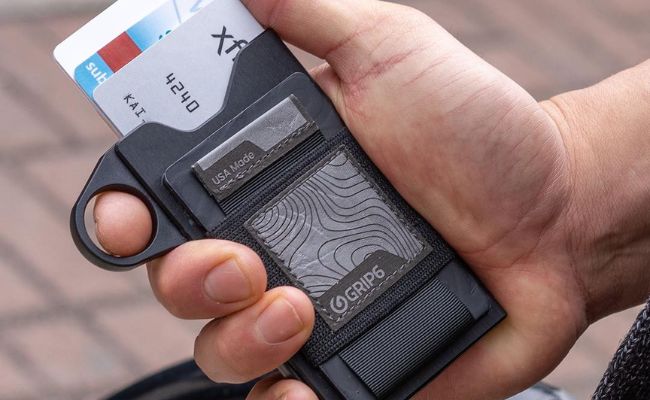
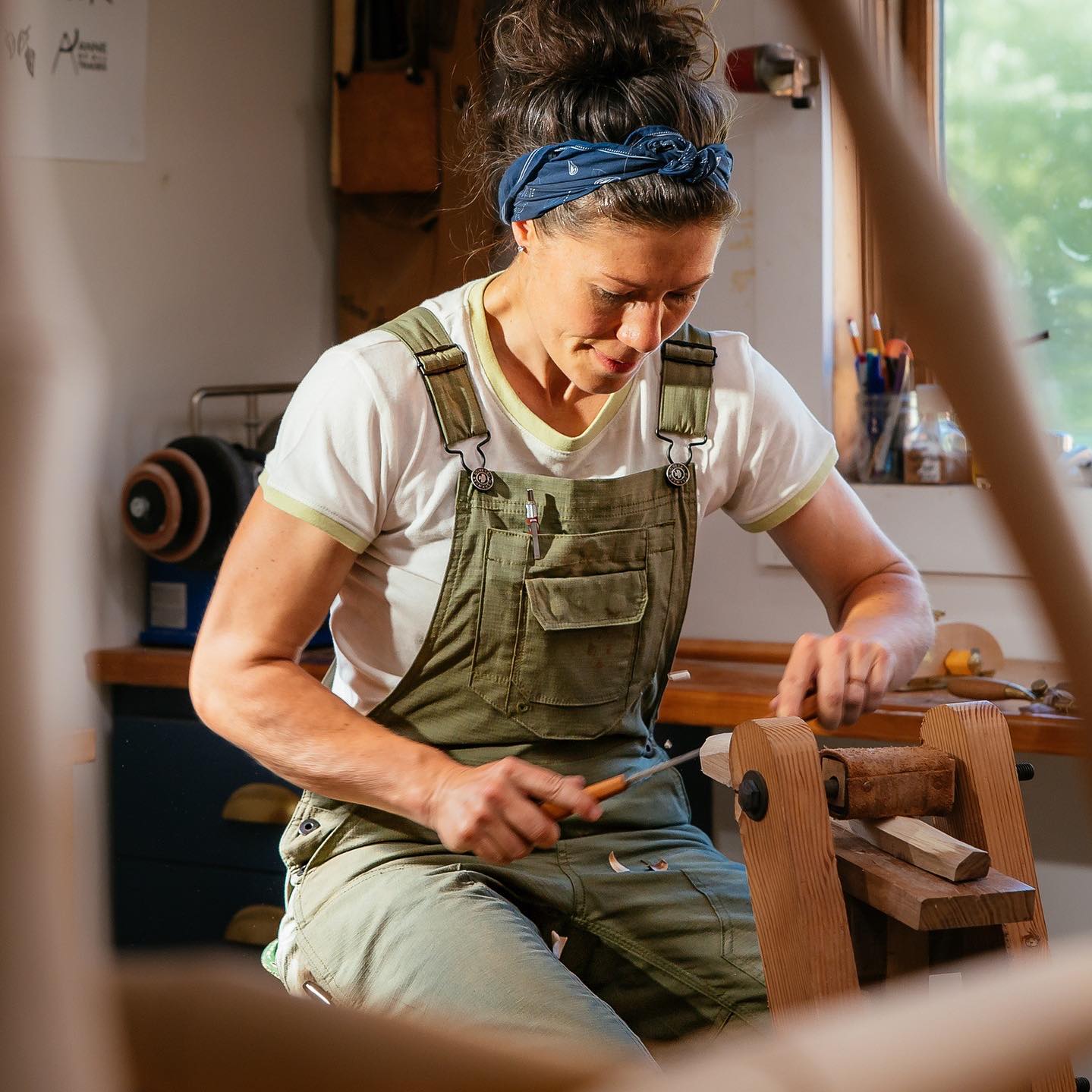
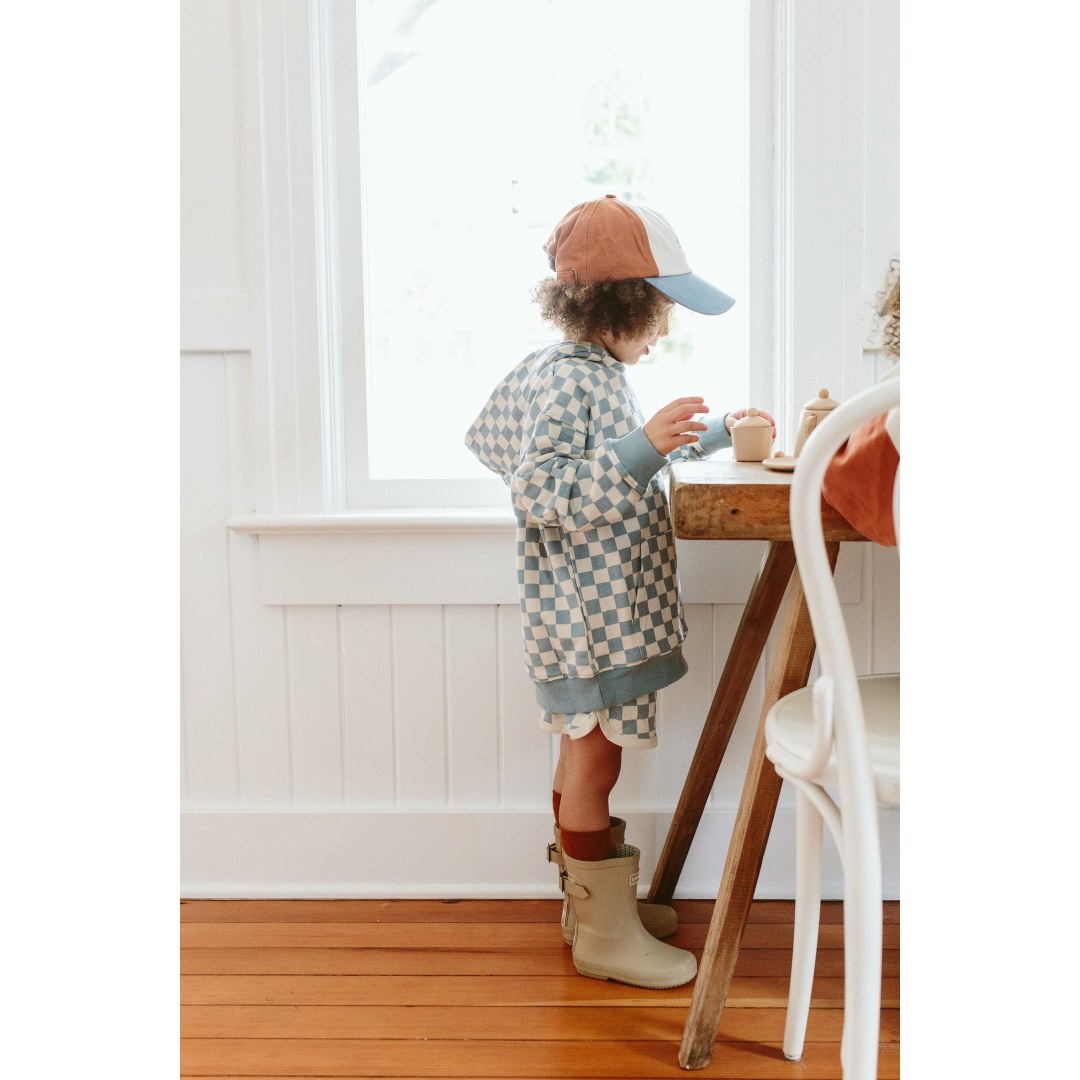
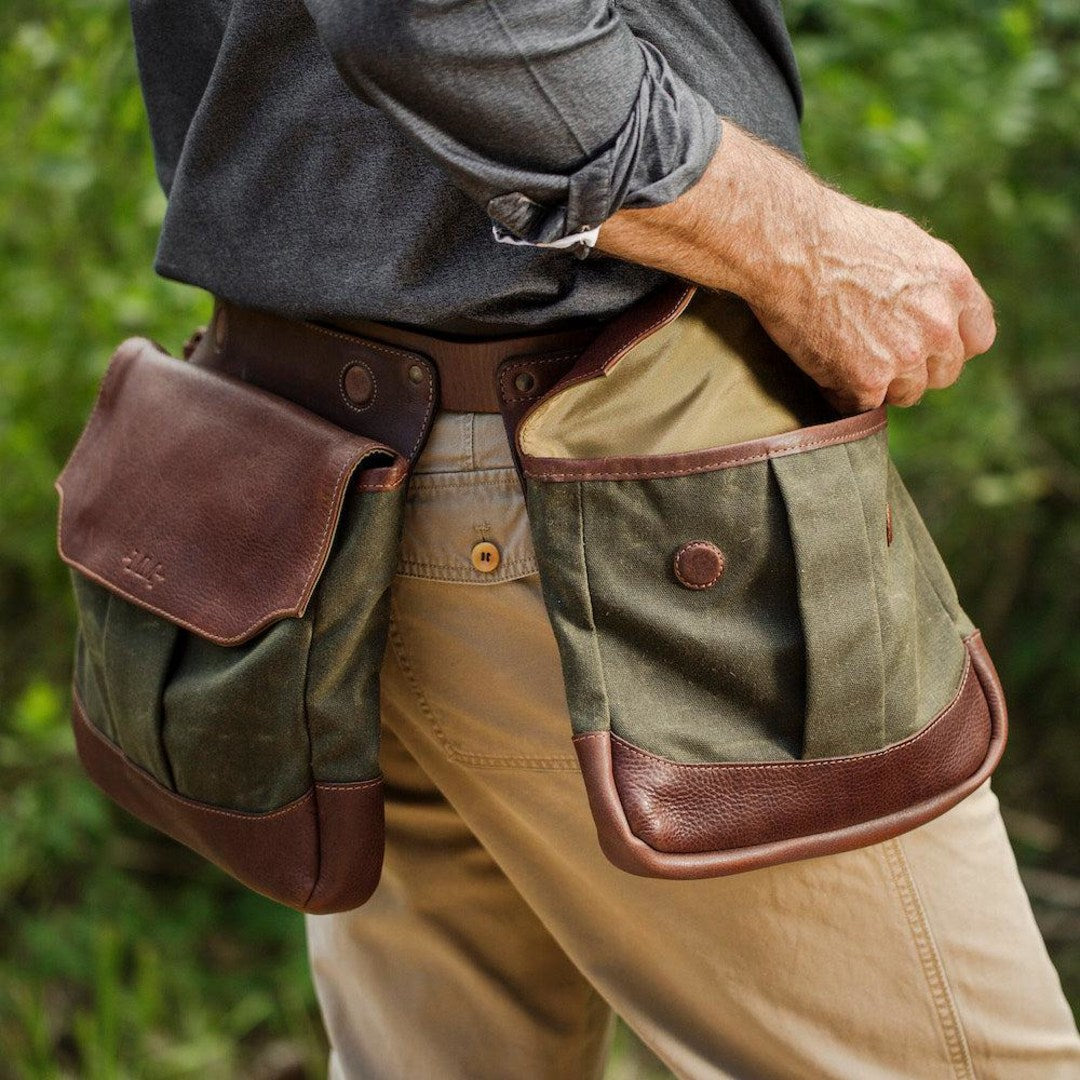
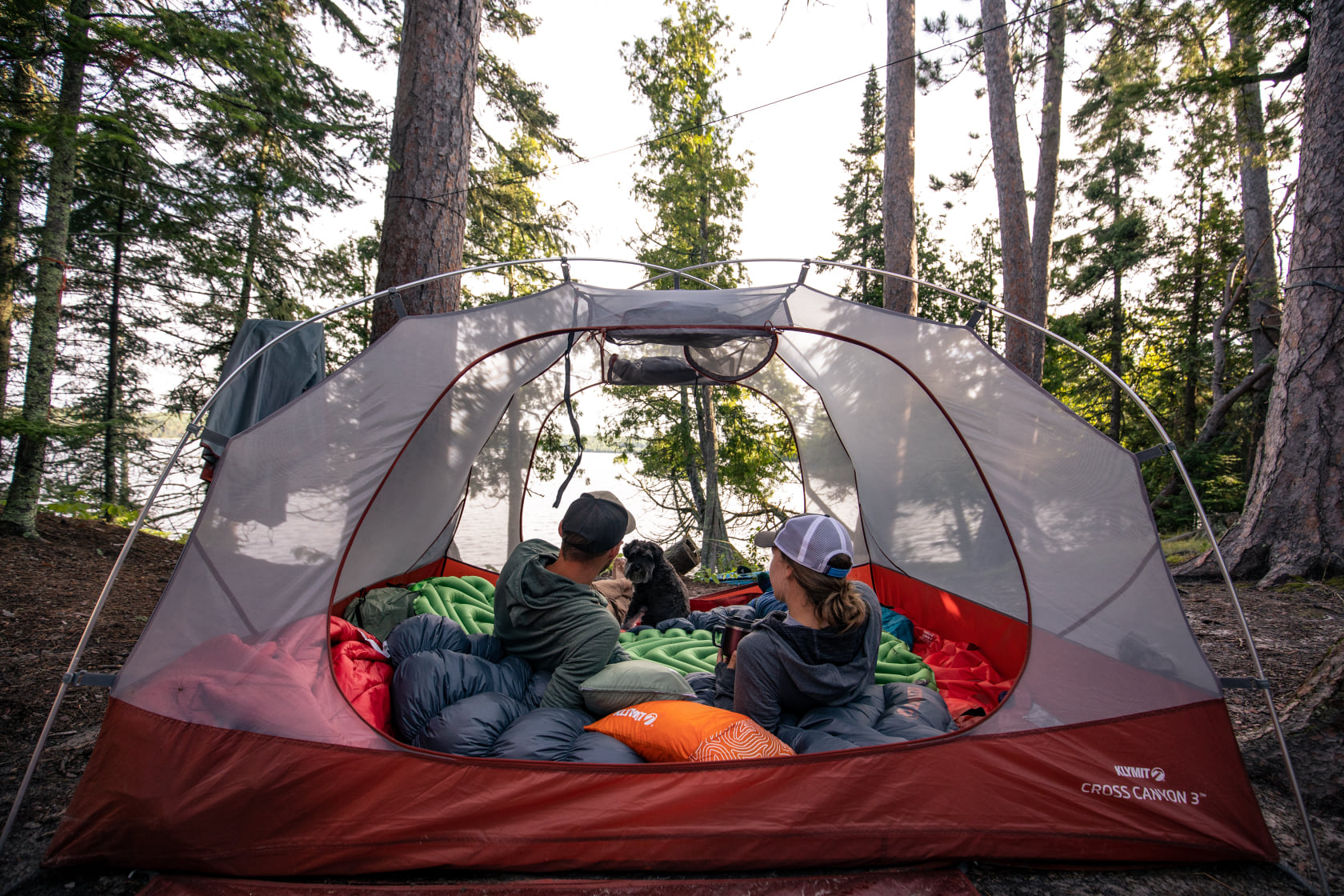

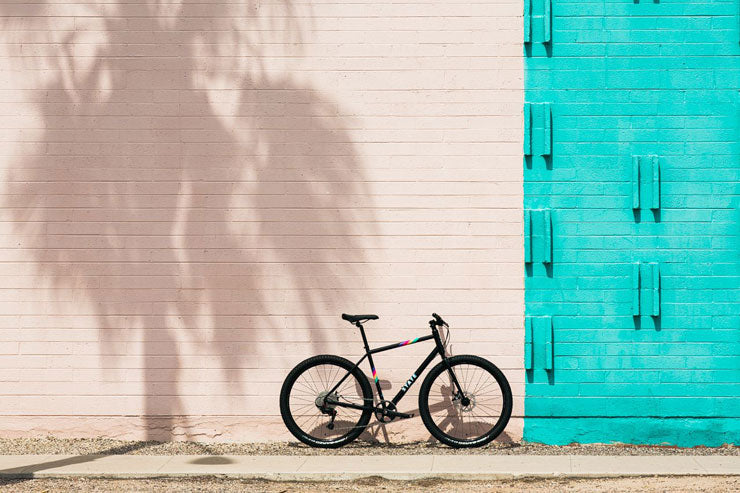


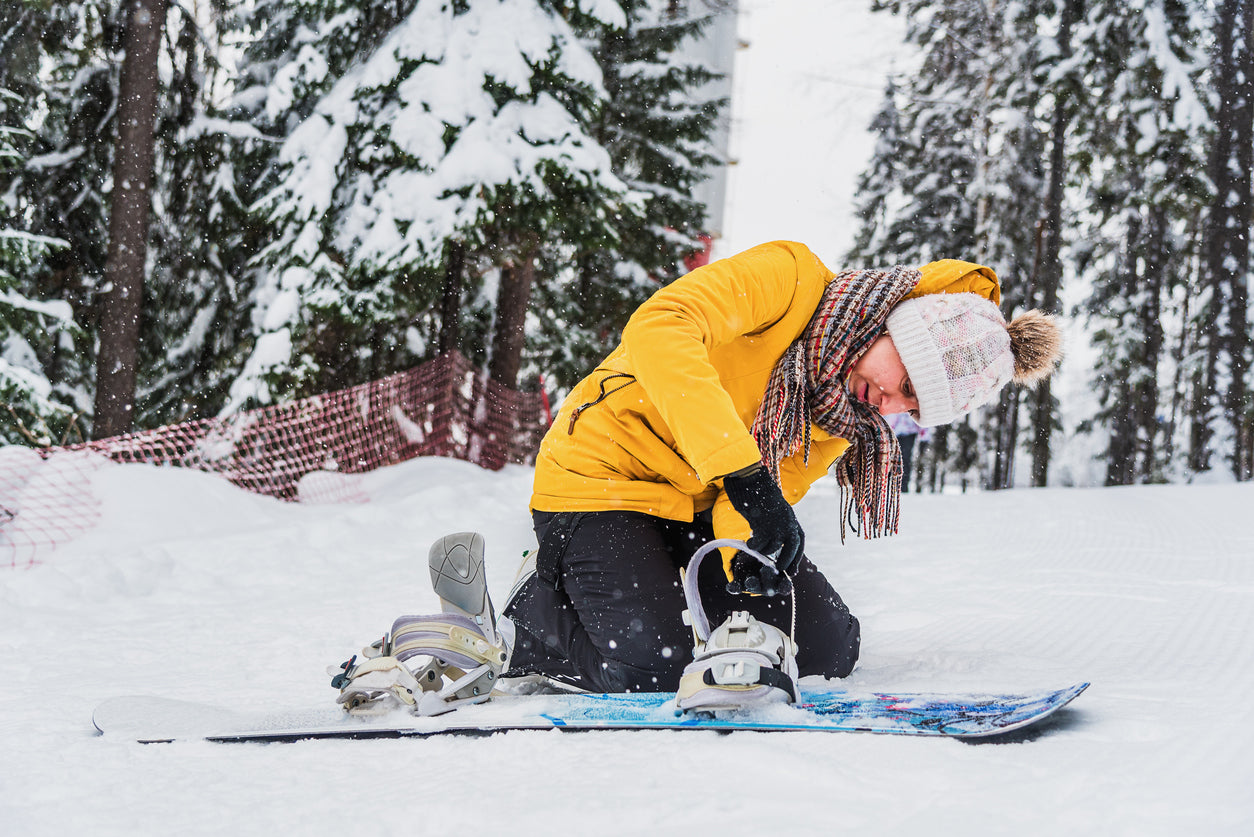
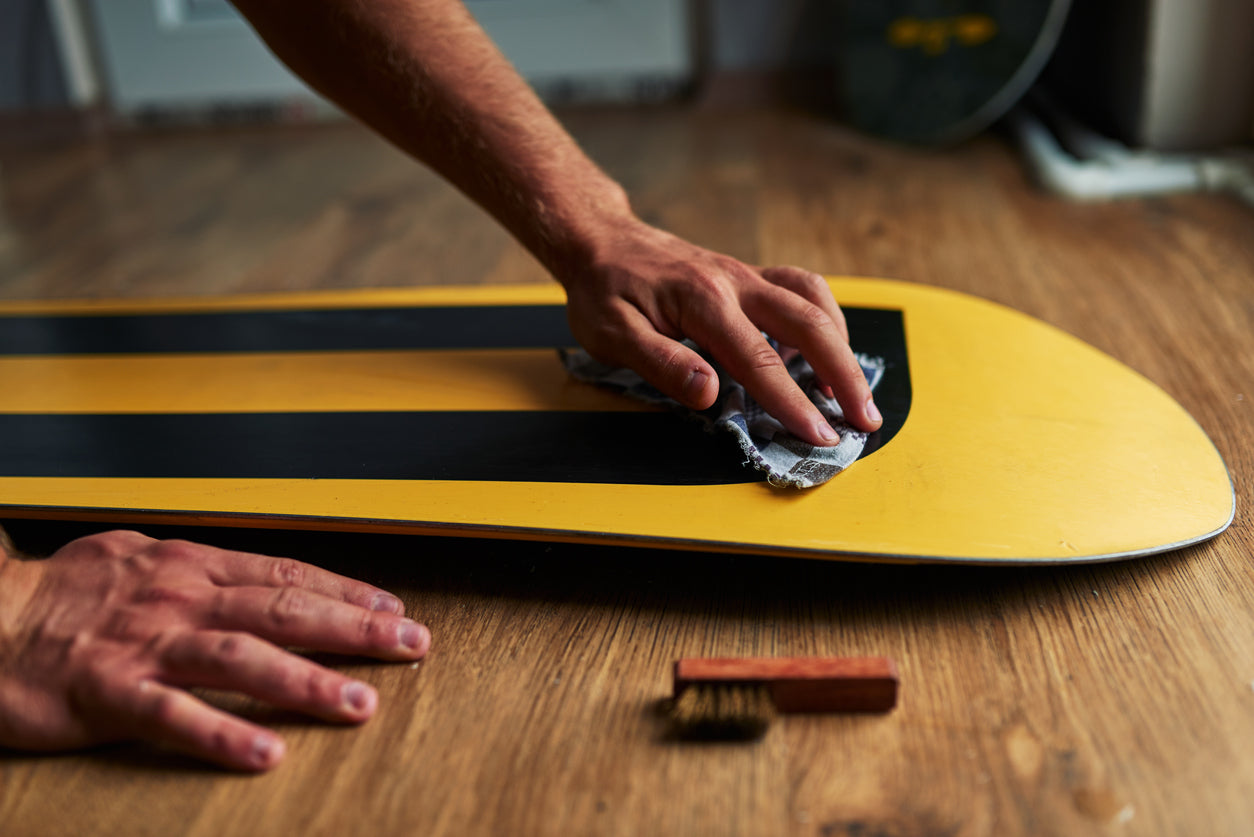
Leave a comment
This site is protected by hCaptcha and the hCaptcha Privacy Policy and Terms of Service apply.